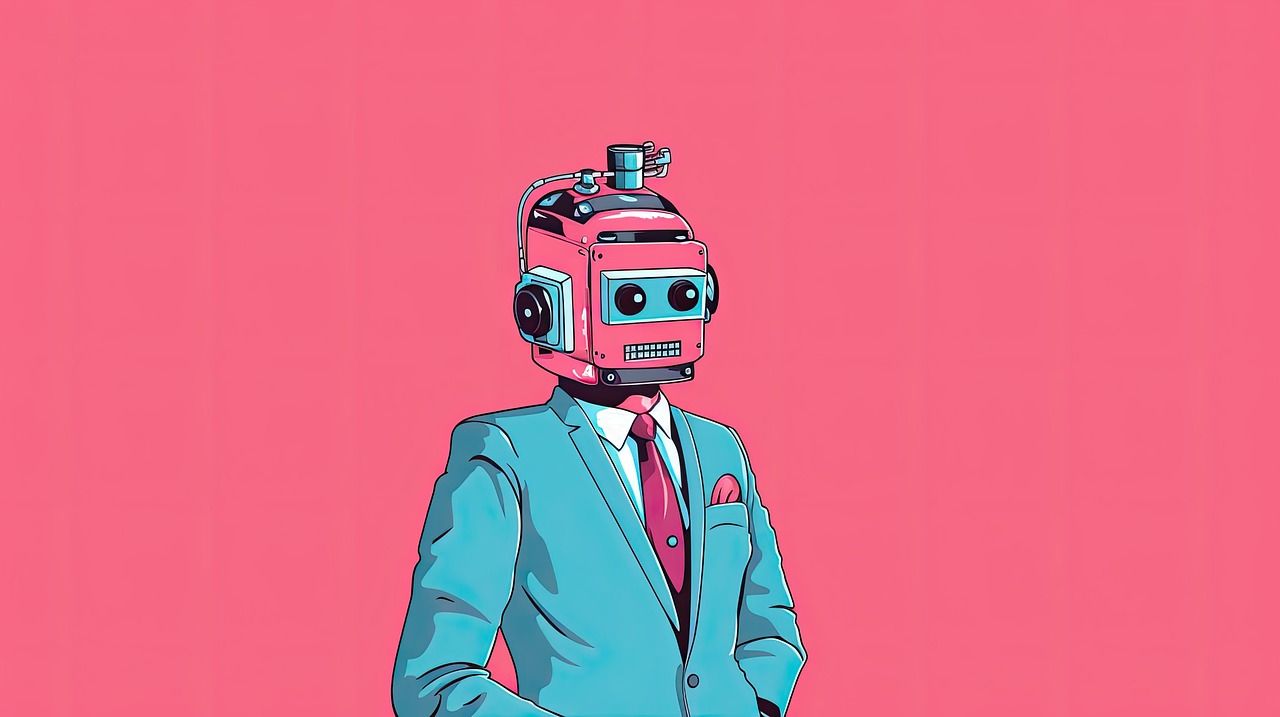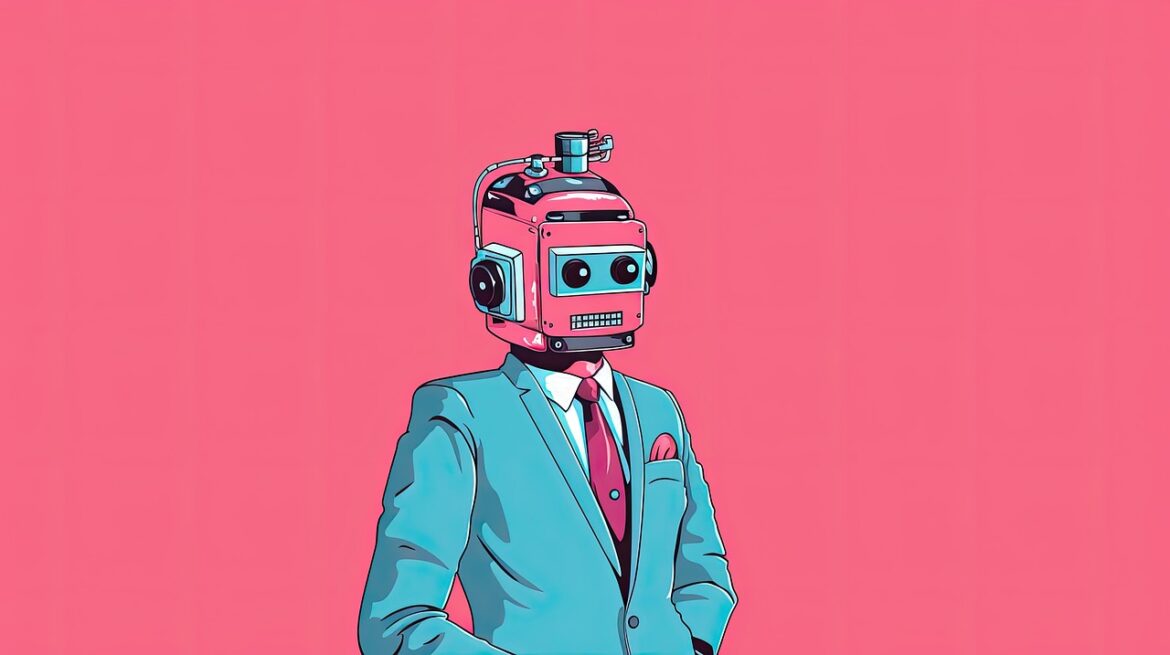
ChatGPT debuted on November 30, 2022, and since then, teaching has dramatically changed, both for better and worse.
As a writing instructor, I’ve had a front row seat to the negative side. I see too many AI-generated papers and spend more time than I’d like assessing whether a paper is AI-generated or not. But I’ve also had firsthand experience with how effective and helpful AI can be as a tutor.
In informal conversations with friends and colleagues in the education field, as well as formal interviews, I’ve heard complaints about inappropriate AI use as well as glowing reviews about how it has helped increase teacher efficiency and student learning.
Here’s a closer look at some of the ways AI is actually changing teaching overall.
AI Has Aided Accessibility and Helped Teachers Tailor Lesson Plans
Special ed teachers at Pioneer Junior High in Upland Unified School District in California have embraced AI for creating individualized education plans (IEPs), says Colette Reilly Bozek, who was assistant principal.
“My special education teachers have been using it so much, just as an additional thought partner to give ideas about things that maybe they haven’t even thought of before,” says Bozek, who recently left the school for a new role as Director of U.S. Strategic Education Partnerships for Knowledgehook
Educators with whom Bozek works are also using it to create lesson plans, but this is a more significant use case than it might appear on the surface. For example, Bozek recently worked with a science teacher who was struggling to get her students engaged in lessons. To help overcome this, Bozek and this teacher discussed topics her students were interested in and the standards she was trying to teach, and then had AI instantly create a lesson plan that incorporated both into the science lesson.
This strategy paid off. “The kids are just so much more engaged,” Bozek says.
AI Has Allowed For Differentiation
AI provided teachers in the Suffern Central School District with the ability to differentiate texts depending on the students’ grade level or individual ability. This included instructions for a science class that were tough to grasp conceptually or a reading that needed to be simplified for certain teachers, says Lisa Weber, who just retired as the district’s assistant superintendent for instruction. AI was also helpful in translating texts into various languages to better accommodate different students.
“The ability to change text so quickly so that kids could understand the content was a total game-changer,” Weber says. “For many teachers, some variation of that was really the first place that they entered the AI world. They’re like, ‘Oh my gosh, I’ve been trying to do this for years and I’ve spent so much time collating materials and finding things, and now, literally, AI can do it in seconds.’”
AI Can Help With Interaction and Administrative Tasks
For third grade to eighth grade, one of the most popular uses Weber saw was students interviewing fictional or historical figures related to class material, such as having a conversation with a chatbot portraying George Washington or Abraham Lincoln. These chatbots were geared toward education and would keep kids on task.
“AI is infinitely patient,” says Weber, quoting a new phrase in education. “So as many times as kids would try and get the AI off track, the AI always brings them back. Like, ‘Oh, that’s a great idea, but that’s not what we’re talking about.’”
Weber also uses AI to punch up speeches she makes. She’ll write down a rough version of what she wants to say that has her voice and ask AI to help tighten it and add some humor.
She also uses NotebookLM to summarize documents that she wants to share with others. NotebookLM also has a feature that lets you add a document and create an AI podcast that explains that document, which has become popular in some districts and with some teachers.
The Dark Side of AI
The impact of AI has not all been positive. During interviews for this piece, a common theme emerged: Teachers in liberal arts departments were more likely to be anti-AI use. That’s because those of us who teach in these fields often witness firsthand the way this technology can be abused for plagiarism and cheating.
“As someone who sees this on a daily basis, it is so frustrating,” says Wanda Sullivan, Associate Faculty Lead at Post University. Sullivan helps oversee plagiarism and academic integrity issues at Post (where I also teach), so she’s a witness to how AI is used in multiple classes. She notes it can be hard to limit in online classes, and much of the advice given to combat AI cheating applies to in-person teaching.
“One question that I keep thinking about is students will graduate who cannot write a basic essay,” she says.
AI enthusiasts acknowledge this concern, though just banning AI doesn’t necessarily prevent AI use, and students can become confused when AI use is permitted for certain subjects and assignments and not others.
Weber’s former district employs a traffic light-inspired system to let students know AI use policies around a given assignment. A red light means, no AI use is permitted at all. A yellow light means students can use AI in some ways—for instance, it might help them outline their paper but not write it. And a green light means they can use AI in any way they want.
“Setting it up that way, it sets up for the students, ‘This is what I’m allowed to do or not allowed to do on this assignment,’” Weber says.
Enforcing AI-Free Assignment
Just saying AI is prohibited on an assignment or class, however, is different than actually preventing AI use on that assignment or class. One way that the Suffern Central School District handles this is by requiring students to write papers in their school-issued Google accounts.
“We need to be able to look at their revision history,” Weber says. “So if they all of a sudden have a huge chunk of material that’s gotten pasted in, then that becomes suspect. There has to be a conversation.”
She adds that some classes and instructors have instituted a return to pen-and-pencil-and-paper tasks in the classroom with teacher oversight.
Successfully balancing the benefits of AI with potential harms will be a key to continuing to integrate it into education more effectively. In the future, there will likely be times when it is vital for students to use AI and other times when it’s important to refrain from use. Navigating this effectively will be one of the most important challenges for the education field going forward.


